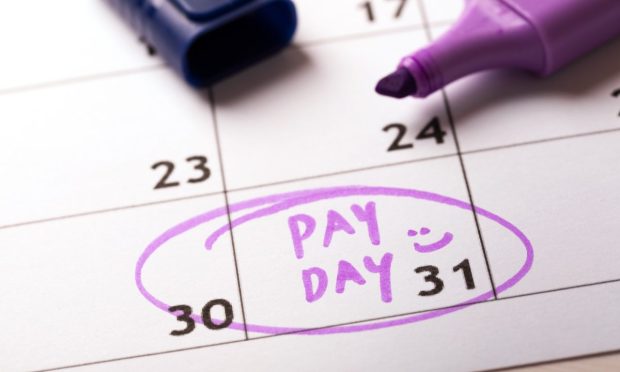Inflation Forces Further Belt-Tightening Among Already Tight Paycheck-to-Paycheck Consumers

Roughly half of the United States adult population has never been here before. Most consumers are too young to remember the last time inflation reached its current levels, where prices are surging more than 8% annually.
Anuj Nayar, financial health officer at LendingClub, told PYMNTS that the sticker shock is a continuation of a theme that is only getting louder.
“What we’ve been predicting for months is what is now happening,” Nayar said. “Inflation is affecting everybody’s pocketbook, no matter if you are at the higher or the lower end of the income spectrum.
“There’ll be belt tightening, and there’s no time like the present to step back and take stock. That means focusing on where to cut back on spending, while also building up the cash cushions that are needed to navigate the paycheck-to-paycheck economy.”
It’s a financial education that will play out in real time.
“There will be a learning curve,” he said. “Consumers have to take a step back and take stock of their finances, separating the most imperative, immutable expenses from purchases that are discretionary and can be pushed off till sometime later on.”
Consumers across the board, regardless of income level, will have to have a cushion for savings and ensure they can make choices that will have positive ripple effects — and that they won’t get stuck between the proverbial rock and a hard place. That includes the very highest earners among us.
“Inflation may have hit the high-water mark — or maybe not, but it’s going to be around for a while,” Nayar said.
The highest earners, at $100,000 and beyond, have some flexibility to make a wider range of choices about what they’re spending and what’s essential, he said.
“There’s a bit of choice at work here,” Nayar said, “because with more income … you also tend to end up with more bills.”
Housing Costs Take Their Toll
However, the $100,000-plus club has its own constraints, partly tied to the fixed costs of keeping a roof over their heads.
Drilling down a bit, the trouble spots become a bit clearer. The data shows that consumers in urban areas are more likely to live paycheck to paycheck — and they’re also more likely to be earning more than $100,000 annually. The demographics skew younger, too, and without the experience of having lived through inflation before, those consumers may struggle mightily.
A lot boils down to housing, Nayar said, which takes more and more of our paychecks’ purchasing power as inflation mounts. It is often among the most sizable monthly expenses, and the cost of living tends to be higher in urban areas.
He offered the example of living in San Francisco, where he said, “If you are a family of four with a household income of less than $120,000, you are considered low income.”
Recent statistics on the housing market in Bay Area, he continued, show that the minimum amount a family must earn to buy a home is about $235,000.
Read more: Urban or Rural, the Paycheck-to-Paycheck Pinch Puts an Equal Squeeze on Consumer
Eighty-eight percent of the high earners living paycheck to paycheck may not be struggling to pay the bills (leaving 12% who are indeed struggling), which means that they’re doing OK, but no better than that — just OK.
This Time Will Be Different
Simply being OK can be a tenuous state of existence. If there is a recession in the works, as the Federal Reserve boosts rates, it won’t look anything like the downturn two years ago, Nayar said.
Think back to COVID times. The pandemic hit hard, and economic growth sank like a stone. Interest rates were low, and some consumers had plenty of funds on hand, which meant strong purchasing power at the ready once we all stopped sheltering in place.
People didn’t spend because they couldn’t — but they wanted to. There was a huge snapback, Nayar said, as pent-up demand was unleashed.
But now we’re seeing a shift, he said. Purchasing power is eroding. People have to make choices about what they buy and when, as the costs for everyday essentials, such as gas and groceries, are all going up.
“You have to make choices about what you are going to do,” he told PYMNTS. “Do the increasing costs mean that you’re going to delay the purchase of your next car or push back your next vacation? These choices will have knock on effects on the economy in the months and the years to come.”